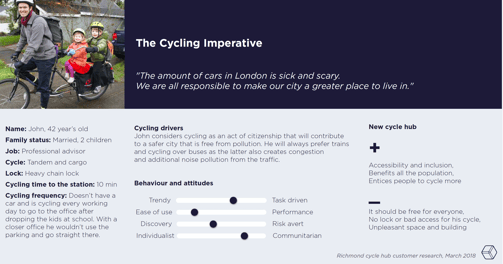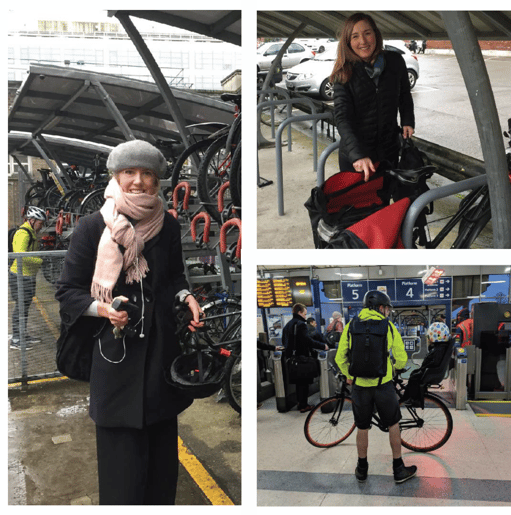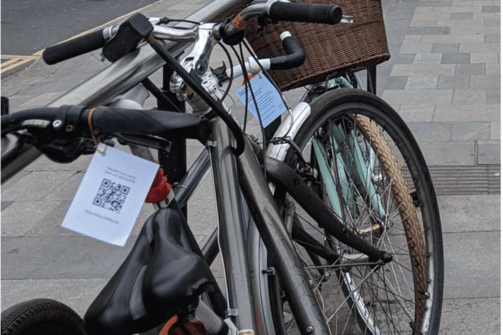

Richmond Cycle Hub was envisioned as a new kind of cycle facility at Richmond Station: a place where secure, inclusive, and user-friendly infrastructure would encourage more people to choose cycling as part of their daily commute. The initiative aimed to support a greener transport system by addressing barriers to cycling and reimagining what a public cycle hub could offer.
Project:
The project focused on conducting customer research to inform the design and development of a new, improved cycling facility. With the objective of shaping services around real user needs, the team set out to identify current pain points, desired features, and broader behavioural drivers, ultimately building a more accessible and appealing cycling experience for a diverse group of commuters.
Challenge:
The project needed to deliver fast, evidence-based insights to support a business case for the proposed cycle hub, within just two weeks and by the end of February, a time when cycling activity is typically lower due to weather conditions. Despite this seasonal dip, the goal was to reach a quantitatively significant number of cyclists to ensure the findings were robust and persuasive for stakeholders. The tight timeline and need for high-quality, high-volume feedback posed a major challenge for research planning, recruitment, and analysis.
Solution:
A mixed-method research approach was used, including over 350 responses through online and in-person surveys, as well as in-depth qualitative interviews. Insights were analysed and synthesised into behavioural personas representing different commuter types: the environmentally driven everyday cyclist, the time-conscious urban professional, and the value-focused commuter. The team explored users' expectations for features such as CCTV, gated access, parking formats, lockers, and supporting amenities. Importantly, the work also addressed psychological and situational barriers, feelings of insecurity, complex locking systems, and poor wayfinding. Recommendations were made to focus on core experience pillars: simplicity, safety, convenience, and inclusivity. A clear set of next steps was defined, including functional prototyping, feature detailing for special cycle needs, and improved on-site communication.
Outcome:
The research helped shift the conversation from assumptions to evidence. By grounding the hub’s design in real commuter behaviours and attitudes, the project gave stakeholders confidence to move forward with a user-centered approach. It clarified the practical and emotional drivers that would make the hub successful, securing support for a facility that is not only functional but welcoming and empowering. The outcome was a clear roadmap for building a cycle hub that better supports Richmond’s commuters while promoting a healthier, more sustainable transport ecosystem.
Bugdet range: £10-12K
Service
Sector
Assessing the demand for a cycling hub at Richmond station


Cycling commuter persona
On-site behavioural observations and interviews


Invitation to participate to online survey
Facing similar challenge?
Send us a message here and we can start to make some progress together.
Teamliness
Experts in efficient collaboration
Connect
NEWSLETTER
teamlinesslab@gmail.com
07 399 330 944
© 2025. All rights reserved.
